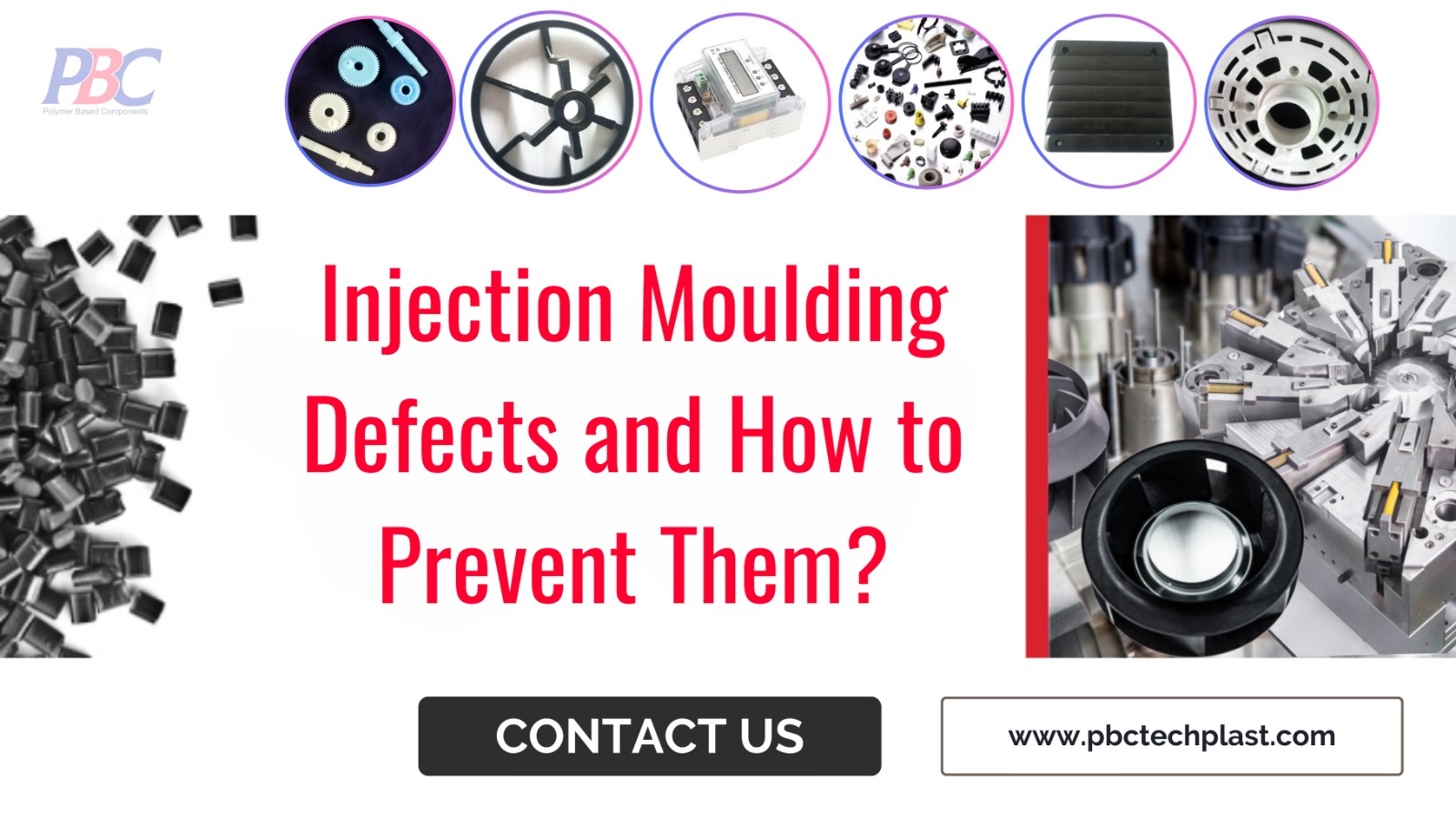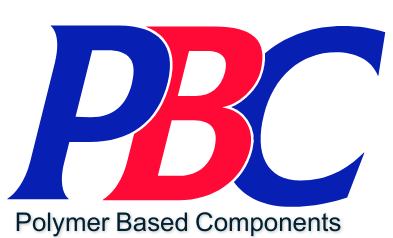Injection Moulding has revolutionized the manufacturing landscape, enabling the efficient and precise production of complex plastic components. However, even with its many advantages, the injection Moulding process is not immune to defects that can compromise the quality of the final product. Understanding these defects and implementing preventive measures is crucial, and in this regard, a deep exploration of the topic is warranted.

Defects: A Hurdle in Injection Moulding
Injection Moulding defects are undesirable variations or imperfections that can occur during the manufacturing process. These defects can manifest in various ways, from structural inconsistencies to cosmetic blemishes. They often result from a combination of factors, including material quality, design intricacies, process parameters, and machinery settings. Identifying and mitigating these defects is essential to ensure that the end product meets the desired specifications.
Preventing Defects: A Multi-Faceted Approach
To tackle injection Moulding defects effectively, a comprehensive approach that addresses every stage of the manufacturing process is imperative. Here’s how to mitigate the risk of defects:
- Material Selection: Opting for high-quality materials that suit the specific requirements of the project is fundamental. The properties of the chosen material should align with the desired characteristics of the final product.
- Meticulous Design: Flaws in the design can lead to defects in the final product. Collaborating with experienced designers and engineers to create moulds that accommodate for shrinkage, cooling, and proper flow is critical.
- Process Control: Maintaining tight control over process parameters, such as temperature, pressure, and cooling rates, significantly reduces the risk of defects. Consistency in these factors ensures uniformity across production runs.
- Advanced Machinery: Employing modern and well-maintained injection Moulding machines equipped with advanced technology allows for precise control and monitoring of the entire Moulding process.
- Quality Assurance: Implementing stringent quality control checks at various stages of production helps in identifying defects early on. This allows for timely adjustments and corrective actions.
Common Defects and Preventive Strategies
- Warping: Address warping by optimizing mould design, ensuring proper cooling, and utilizing materials with reduced shrinkage properties.
- Sink Marks: Prevent sink marks by adjusting process parameters, particularly injection speed and cooling rates, to achieve consistent material distribution.
- Flash: Properly maintained moulds, controlled injection pressure, and optimized gate design can prevent flash formation.
- Short Shots: Achieve complete cavity filling and avoid short shots by fine-tuning melt temperature, injection speed, and pressure settings.
- Air Entrapment: Effective venting and proper mould design help minimize air entrapment, reducing the likelihood of voids and bubbles in the final product.
Conclusion: Pursuit of Perfection
Injection Moulding defects might seem inevitable, but they are far from insurmountable. Armed with knowledge, experience, and a commitment to quality, manufacturers can prevent these defects and deliver products that meet the highest standards. The journey to defect-free injection Moulding is an ongoing one, and it’s a journey that both manufacturers and industry experts like PBC understand well. Through meticulous attention to detail, continuous improvement, and innovative practices, the pursuit of perfection in injection Moulding is achievable, making way for a future of flawlessly crafted plastic components.
Want to talk to an expert? Write to us at sales@pbctechplast.com.
Get in touch
At PBC, we transform ideas into reality. With our advanced injection moulding capabilities, we can turn your concepts into tangible, market-ready products. Let’s collaborate!
